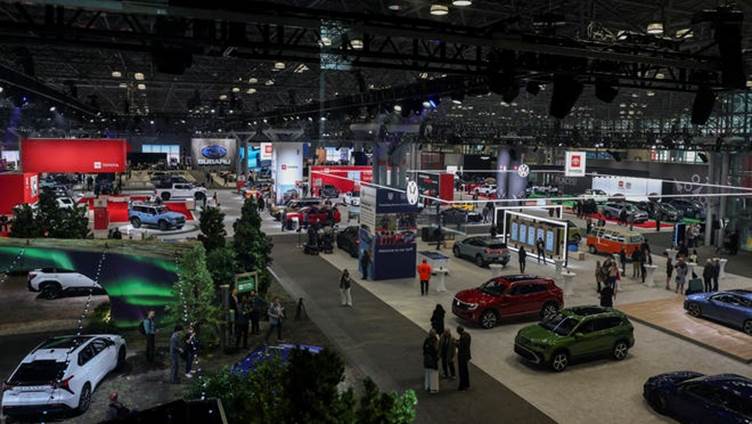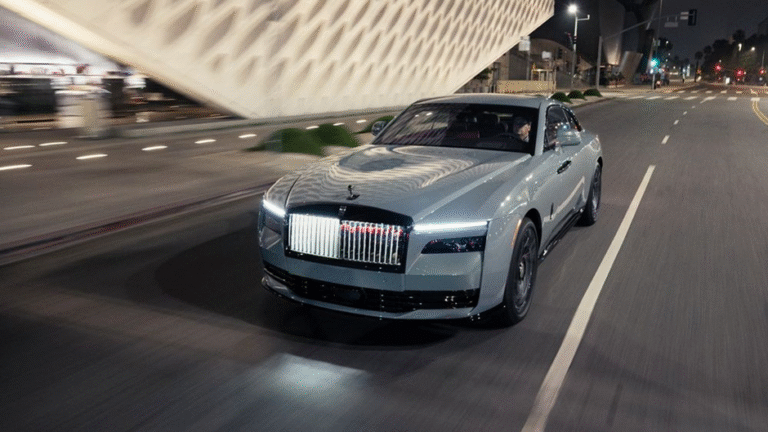Taxis without drivers. The idea has stirred a mix of controversy, fascination, and confusion. Yet, a growing number of people are choosing to be driven by computers instead of human drivers. Why?

For some, it’s about safety and peace of mind. Tienna Perez-Close, a frequent Waymo rider on her early morning commutes to the hospital, values the certainty that comes with driverless taxis. “I don’t know any woman who hasn’t had a strange Uber or Lyft ride,” she shares, recalling the awkwardness of texting friends her ride details for safety. But with Waymo? There’s no need for those safety texts—it’s all about confidence and comfort.
For others, it’s the smoothness of the ride. Leila Minowada, who once lived in San Francisco and now studies in Japan, finds that driverless taxis never leave her feeling nauseous—something she often encountered in human-driven cars, especially during night rides with sudden stops or acceleration.
Then, there’s Lee Rogers, who’s legally blind. For her, the ability to travel solo in a car for the first time in her life is a game-changer. And for Jay Hack, it’s about experiencing the future he’s eagerly awaiting.
These riders represent a growing wave of 250,000 people each week using Waymos across cities like San Francisco, Austin, Phoenix, and Los Angeles. Waymo, part of Google’s parent company, plans to expand to Atlanta, Miami, and Washington D.C. by 2026. Despite challenges such as safety concerns, strange driving behaviors, and fears of traffic jams, autonomous taxis are undeniably becoming more popular.
16 years after California first tested driverless taxis, they now confidently navigate San Francisco’s hilly streets, bypassing traffic, construction, and bike lanes. Their quiet electric hum has blended into the city’s soundscape. In neighborhoods like the Mission District, the Marina, and Hayes Valley, Waymos have even started to outnumber traditional rideshare cars.
However, skepticism remains. For some passengers, computer-driven taxis feel safer than human drivers. “I trust the algorithms, the training—the computer has way more training than any human driver,” says Tanya Shadoan, a 58-year-old from San Francisco. Data backs up this trust: a study from Swiss Re found Waymo cars to be far safer than human-piloted vehicles. Over 25 million miles driven, Waymos had only nine property damage claims and two bodily injury claims, whereas human-driven cars would typically have 78 property damage and 26 bodily injury claims over the same distance.
Despite the clear safety advantages, the cost is higher. Waymos tend to be pricier than Ubers, Lyfts, or traditional taxis. And with fewer of them available, wait times can be longer. But some riders don’t mind. Andrew Dillon, a user experience professor at the University of Texas, points out that, unlike traditional rides, there’s no tipping pressure with Waymos. “Tipping’s a high-pressure situation,” Dillon explains.
For people who get carsick, the smooth ride in a self-driving vehicle is a major perk. With autonomous vehicles, acceleration and braking are more controlled, making the ride steadier and less jarring than in human-driven cars.
The rise of robotaxis also raises questions about the future of transportation. Will they replace public transit, just as ride-hailing services like Uber and Lyft did? If so, will we see a divide between those who can afford robotaxi rides and those who rely on public transportation? And what happens to the millions of Uber and Lyft drivers in the U.S. if they’re no longer needed?
Jason Mark Henderson, a professor at San Francisco State University, highlights that this blend of Silicon Valley technology and transportation is currently benefiting a very specific group: urban, upper-income individuals. But as autonomous vehicles become more widespread, the way cities and transportation systems function could be dramatically reshaped.
For now, though, the transition to driverless taxis isn’t immediate. Minowada admits that it felt strange the first time she rode in a Waymo. “But soon after, I stopped thinking about it,” she says. Research shows that many riders have a similar experience—what once felt odd quickly becomes the norm.
Looking ahead, experts like Dillon suggest that in 50 years, car ownership may seem like an anomaly, a strange phase in human history. Self-driving vehicles, designed to communicate and operate seamlessly, could make traffic congestion a thing of the past. “If we had a networked system where control was taken away from humans, it would be much more efficient,” Dillon says.
Though adoption of autonomous taxis varies by city and state, one thing is clear: driverless cars are no longer a distant future. They’re already here, changing the way we think about transportation.



